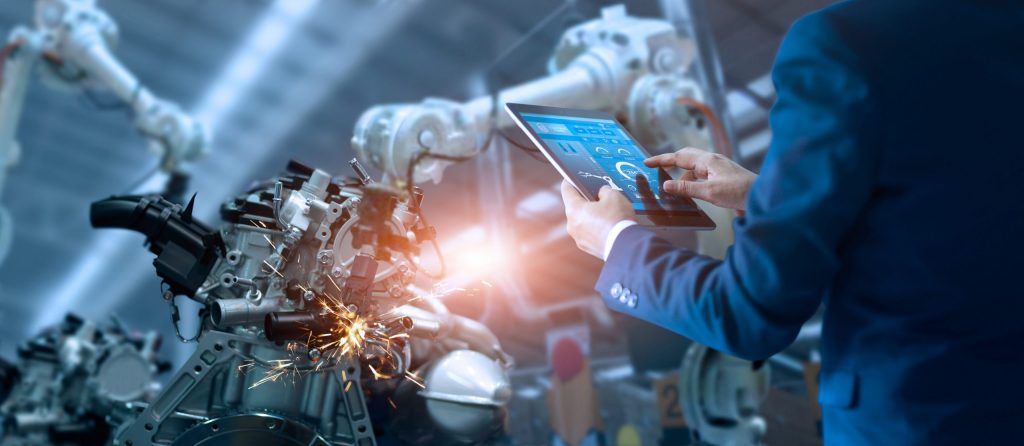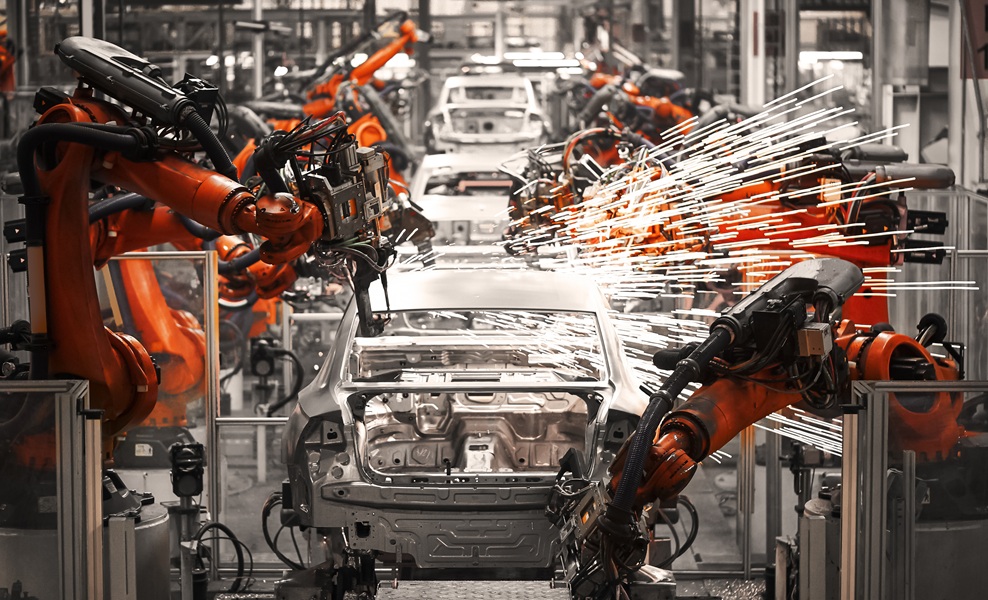As manufacturing becomes more automated, the ability to simulate, validate and refine processes in a virtual environment is proving essential. Simulation not only accelerates deployment and improves productivity but also addresses the skills gap and reduces risk.
The industrial push toward automation is often framed in terms of robotics, sensors and AI. Yet before a robot lifts a part or a line produces its first unit, a quieter revolution is taking place, one that defines the outcome before operations even begin. Manufacturing simulation has become a critical enabler of automation, allowing factories to be modelled and optimised long before any physical change occurs. At the centre of this shift is simulation software that has moved beyond basic visualisation into powerful platforms for design, validation and training.
The complexity of modern manufacturing systems demands a corresponding level of precision in their design. From robot path planning to material flow analysis, simulation allows manufacturers to create a complete virtual representation of a production line, identifying problems and optimising performance in advance. By enabling offline robot programming, or OLP, this approach also decouples system development from production, significantly reducing downtime.
Reducing risk while increasing speed
Despite its clear benefits, automation often presents barriers during initial implementation, especially where production lines require high levels of coordination between robotics, materials and human operators. Simulation removes many of these barriers by providing a virtual testbed where manufacturers can configure automated systems, run performance tests and eliminate inefficiencies without the costs or risks associated with real-world trial and error.
“Manufacturers can design, analyse, refine and validate manufacturing layouts in a risk-free environment,” Mikko Urho, Chief Executive Officer of Visual Components, explains. “Robot offline programming enables programmes to be created using 3D CAD data, without interrupting any production process. This minimises robot downtime, improves efficiency and maximises return on automation investments.”
Where manufacturers once relied on cautious, iterative rollout strategies, simulation allows for faster decisions based on data. By testing alternative layouts, validating material flows and pre-empting robot collisions or programming errors, production ramp-up times can be reduced from weeks to days.
Simulation as an operational advantage
The value of simulation lies in its dual role as both a design tool and a continuous improvement asset. In one case, logistics giant DHL used simulation software to assess automation options across its packaging systems. By comparing multiple configurations virtually, it was able to validate a shift from isolated workstations to a balanced flowline—realising a 35 per cent improvement in operational efficiency.
This type of result is not limited to large multinationals. North American manufacturer AMI Attachments was able to reduce its robot programming time from two weeks to just four days by using offline programming. This saved engineering resources while increasing throughput and relieving pressure on the shop floor.
“The ability to test and iterate virtually allows manufacturers to achieve significant improvements in both productivity and cost efficiency,” Urho adds. “Simulation not only helps manufacturers optimise today’s processes but also gives them the flexibility to respond to future demands without needing to redesign from scratch.”
A response to labour shortages and skills erosion
Automation is frequently touted as a response to labour shortages, but without the tools to train or upskill the existing workforce, its benefits are limited. Simulation platforms are now bridging that gap, combining ease of use with built-in domain expertise to lower the learning curve for new users and preserve knowledge for the next generation of manufacturing workers.
Urho points to recent research indicating that 98 per cent of manufacturers expect labour shortages to affect productivity, with many citing potential revenue losses and reputational damage as long-term risks. “Ease of use is central to our technology,” he explains. “Users can drag components from our library of over 3,000 models into the 3D world and start simulating within minutes. Whether they are new to robotics or highly experienced, they can contribute immediately.”
Crucially, the software supports multiple robot brands, allowing users to simulate deployments across diverse automation environments. This vendor-agnostic approach not only protects manufacturers from skills loss when employees retire but also allows teams to evaluate and scale new technologies more quickly.
Scaling with confidence and precision
The pressure to automate is not easing. With robot installations accelerating worldwide, and geopolitical factors prompting supply chain realignments and reshoring strategies, manufacturers are being asked to do more with fewer resources, greater agility and increased localisation. Simulation provides a means of reconciling these demands by enabling confidence in the deployment of complex, multi-step systems across distributed operations.
“Reshoring is accelerating,” Urho adds. “Manufacturers want to reduce dependency on global supply chains and bring operations closer to the consumer. Simulation allows them to plan for these changes without compromising efficiency or quality.”
Looking ahead, the increasing use of AI within simulation platforms will only deepen their value. Machine learning algorithms are being integrated to optimise robot pathfinding, material handling and resource scheduling. As simulation becomes more predictive, it will shift from being a planning tool to a central element of the production intelligence stack, supporting real-time decisions on the factory floor.
Precision, safety and repeatability built in
While efficiency gains are often the headline benefit of simulation, the impact on quality and safety should not be underestimated. By allowing standardised processes to be embedded into robot programmes, repeatability and precision are improved at every stage. Welding techniques, for instance, can be encoded within the system to ensure consistent results regardless of operator or shift.
The traditional risks of manual programming, where technicians work in close proximity to heavy, often fenced-off machines—can also be reduced. With OLP, robots can be programmed remotely, eliminating the need for physical interaction and ensuring a safer environment for staff.
“Simulation is transforming how manufacturers think about safety,” explains Urho. “Instead of relying on outdated procedures, they can now build digital workflows where equipment and people interact safely by design.”
From virtual design to real-world performance
As manufacturers face growing complexity, tighter margins and accelerating demand for customisation, the case for simulation becomes not just compelling, but essential. Its ability to compress timeframes, reduce risk, standardise quality and empower teams positions it as a foundational technology for the next generation of manufacturing operations.
The shift is no longer about whether to adopt automation, but how to do so effectively and sustainably. For many, simulation is becoming the answer, not only as a technical tool, but as a strategic asset shaping how factories are designed, built and operated in the years ahead.






